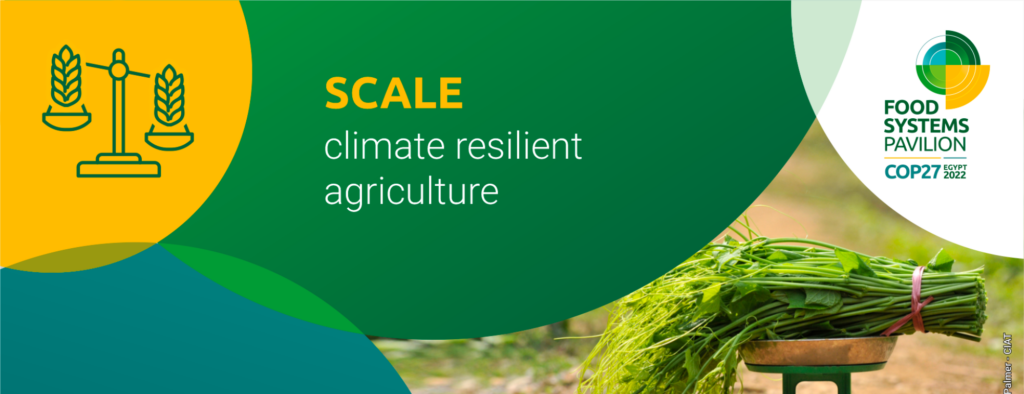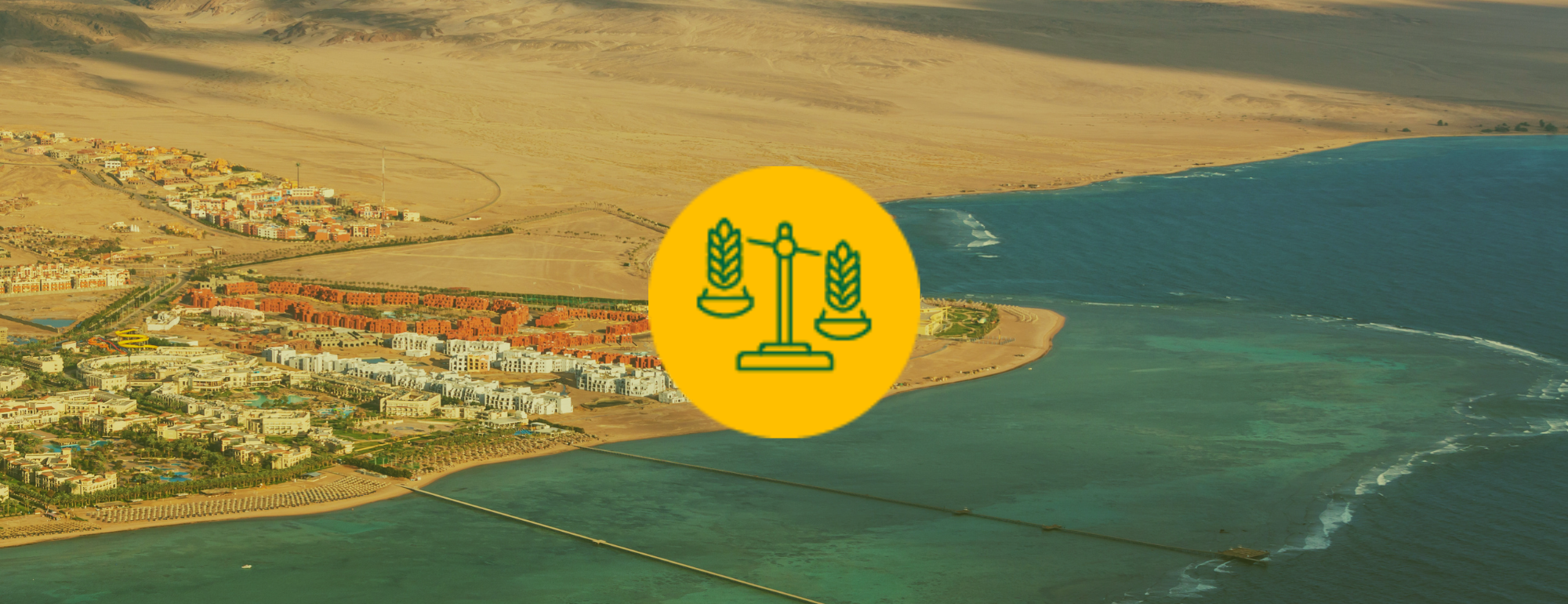This excerpt is from Food Tank coverage of a COP27 side event at the Food Systems Pavilion. The side event focused on how policymakers can find ways to include farmers, businesses, and eaters in policies that impact food and agriculture systems in the future. Michelle Tigchelaar is a member of the Blue Food Assessment team. Read the full piece here.

During a recent session at the U.N. Climate Change Conference, nutrition experts and advocates highlighted interventions to help ensure access to healthy food. The conversation was organized by Food Tank in partnership with the Food Systems Pavilion at COP27.
“Food is a human right,” says Monica Yator, Founder and Executive Director of the Indigenous Women and Girls Initiative in Kenya. “It is also a basic need.”
…
Awareness of aquatic foods and their benefits are also key, says Michelle Tigchelaar a Research Scientist at the Center for Ocean Solutions at Stanford University. “Blue foods tend to be highly nutritious but their nutrients don’t always reach the people who need them most,” Tigchelaar says.
In response, Stanford University’s Center for Ocean Solutions and Center on Food Security and the Environment, in partnership with the Stockholm Resilience Centre at Stockholm University and EAT, are working to better understand the role of aquatic animals, plants and algae in supporting healthy, resilient communities and ecosystems.
Watch the full side event:
